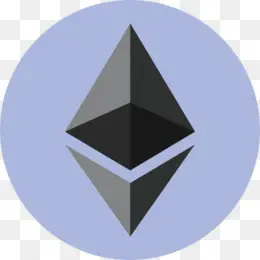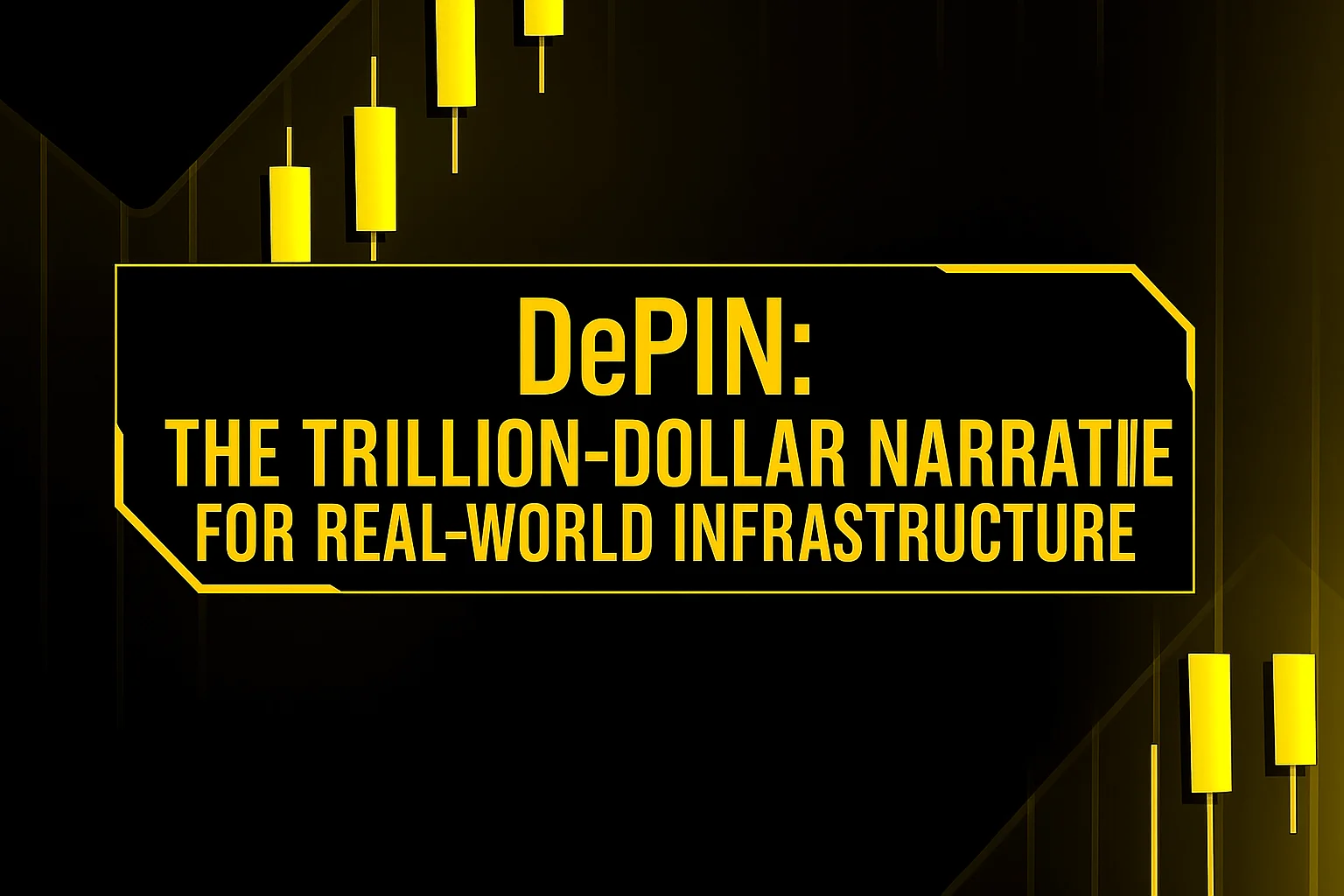Table of Contents
While DeFi, NFTs, and memecoins have historically captured the market’s attention, a powerful new narrative has been quietly gaining momentum and is poised to be a dominant theme in 2025: Decentralized Physical Infrastructure Networks (DePIN).
This emerging sector leverages cryptocurrency incentives to build and maintain real-world physical infrastructure in a decentralized manner. From wireless networks and cloud storage to energy grids and mapping services, DePIN projects are creating a “bottom-up” alternative to the centralized infrastructure that powers our world.
For investors, this represents a new, tangible frontier that bridges the gap between the digital and physical economies, offering a compelling, long-term investment thesis.
The DePIN Model: Token Incentives for Physical Work
The core innovation of DePIN is its “flywheel” economic model. A DePIN project incentivizes individuals and businesses around the world to contribute their hardware and resources to a network.
For example, a project building a decentralized wireless network might reward users with its native token for setting up and operating a small hotspot in their home or office. As more people contribute hardware, the network’s coverage and utility grow. This increased utility drives demand for the network’s services (e.g., affordable mobile data), which in turn creates demand for the native token.
This creates a self-reinforcing cycle where network growth drives token value, which further incentivizes more people to contribute hardware and expand the network. This elegant model allows for the grassroots development of massive infrastructure projects without the need for enormous upfront capital investment from a centralized company.
Key Sectors and Emerging Leaders
The DePIN landscape is already vast and is expanding rapidly into new domains.
- Decentralized Storage: Projects like Filecoin and Arweave have created a decentralized alternative to Amazon Web Services (AWS), allowing individuals to rent out their unused hard drive space in exchange for tokens. This creates a more resilient, censorship-resistant, and often cheaper cloud storage market.
- Decentralized Wireless (DeWi): Helium pioneered this space by creating a decentralized IoT network, and is now expanding into 5G, rewarding users for deploying hotspots that provide wireless coverage. This model challenges the dominance of traditional telecom giants.
- Decentralized Compute: Projects like Akash Network have built a “supercloud” for computing resources, allowing anyone to rent out their unused CPU/GPU power for tasks like AI model training, creating a more open and competitive market for computational power.
- Sensor Networks: Projects like Hivemapper are creating a decentralized global map by rewarding contributors with tokens for driving with a special dashcam that collects street-level imagery. This data is then used to build a more up-to-date and detailed mapping service than those offered by centralized players.
Evaluating DePIN Projects: Beyond the Hype
Investing in the DePIN sector requires a unique analytical framework that combines traditional business metrics with crypto-native concepts. A thorough Fundamental Analysis of a DePIN project should include an assessment of the total addressable market (TAM) for the real-world service it is providing, the strength of its tokenomic flywheel, the quality of its hardware, and the growth rate of its physical network.
Unlike a purely digital protocol, a DePIN project’s success is tied to its ability to coordinate real-world, physical activity. As this sector matures, it is likely to attract significant institutional investment, given that it represents a tangible, revenue-generating application of blockchain technology.
For traders looking to gain exposure to this emerging asset class, a versatile trading platform that offers access to a wide variety of digital asset markets is essential. A platform like the YWO trading platform, which is known for its robust infrastructure and diverse asset offerings, provides the ideal environment for navigating this new investment frontier.
Crypto Ping Pong Digest
Trash style news. You will definitely like














